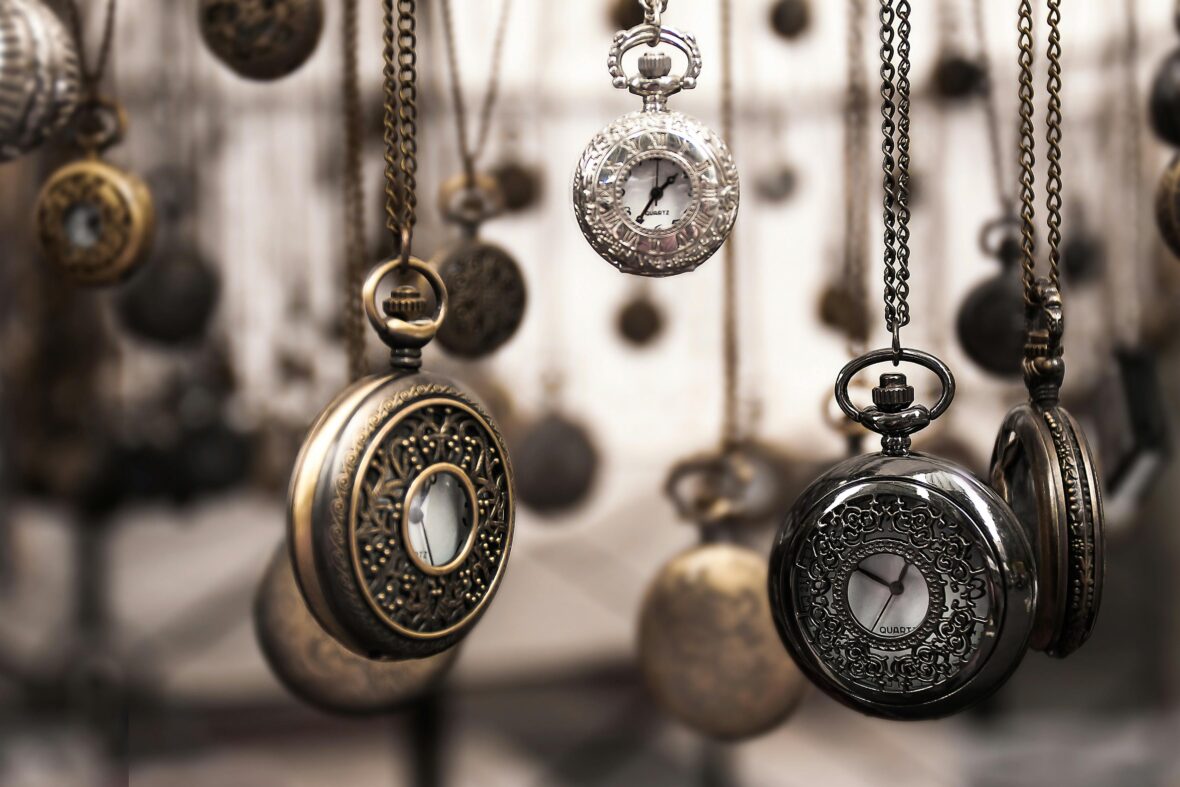Taking inventory of the valuables in your home is a crucial step in protecting your assets and ensuring that you have adequate insurance coverage in the event of loss, theft, or damage. From jewelry and electronics to artwork and collectibles, your belongings hold both financial and sentimental value. Discover more about why to inventory your valuables and some tips for doing so effectively and efficiently.
Assessing Your Valuables
Begin by conducting a thorough assessment of your home and identifying all of your valuables. Walk through each room, taking note of high-value items such as jewelry, electronics, antiques, and artwork. Don’t forget to check less obvious places such as closets, drawers, and storage areas where valuables may be stored.
Once you’ve identified your valuables, categorize them into groups based on their type, value, and condition. This will help streamline the inventory process and ensure that you don’t overlook any items. Consider using a spreadsheet or inventory management app to keep track of your belongings, recording details such as descriptions, purchase prices, serial numbers, and photographs for each item.
Documenting Your Belongings
Once you’ve assessed your valuables, it’s essential to document them thoroughly. Take clear, detailed photographs of each item from multiple angles, capturing any distinguishing features, markings, or damage. Include close-up shots of any identifying marks, serial numbers, or engravings to facilitate identification and recovery in the event of loss or theft.
In addition to photographs, maintain detailed records of your belongings, including descriptions, purchase receipts, appraisals, and any relevant documentation. Keep these records in a secure location, such as a fireproof safe or digital cloud storage, to ensure they remain accessible in case of emergencies. Regularly update your inventory as you acquire new items or make changes to your existing belongings.
Protecting Your Assets with Insurance
Once you’ve documented your valuables, it’s crucial to ensure that you have adequate insurance coverage to protect them. Review your homeowners or renters insurance policy to understand what is covered and under what circumstances. Consider purchasing additional coverage or a separate jewelry insurance policy for high-value items such as engagement rings, heirloom jewelry, or valuable collectibles.
When selecting an insurance policy, carefully review the coverage limits, deductibles, and exclusions to ensure that your valuables are adequately protected. Be sure to update your policy regularly to reflect changes in your inventory or any significant purchases or acquisitions. In the event of a loss, theft, or damage to your valuables, having comprehensive insurance coverage can provide financial protection and peace of mind.
Implementing Security Measures
In addition to insurance coverage, implementing security measures can help deter theft and protect your valuables. Install a home security system with surveillance cameras, motion sensors, and alarm systems to monitor your property and deter potential intruders. Consider investing in a quality safe or safety deposit box to store high-value items such as jewelry, cash, important documents, and irreplaceable heirlooms.
Make sure your home is well-lit and secure, with sturdy locks on doors and windows to prevent unauthorized access. Consider joining a neighborhood watch program or installing security signage to alert potential intruders that your property is protected. By taking proactive steps to enhance your home security, you can reduce the risk of theft and protect your valuables from harm.
Regularly Review and Update Your Inventory
Finally, make it a habit to regularly review and update your inventory to ensure that it remains accurate and up-to-date. Schedule periodic inspections of your home to verify the condition and location of your valuables, making note of any changes, additions, or disposals. Update your inventory records accordingly, including any new purchases, gifts, or changes in ownership.
Consider conducting a comprehensive review of your inventory annually or whenever you make significant changes to your belongings or insurance coverage. Use this opportunity to reassess your insurance needs, review your coverage limits, and make any necessary adjustments to ensure that your valuables are adequately protected. By staying proactive and vigilant, you can safeguard your assets and enjoy greater peace of mind knowing that your valuables are protected.
Conclusion
Taking inventory of the valuables in your home is a crucial step in protecting your assets and ensuring that you have adequate insurance coverage in the event of loss, theft, or damage. Whether it’s jewelry, electronics, artwork, or collectibles, taking proactive steps to protect your valuables can help preserve their value and significance for years to come.







